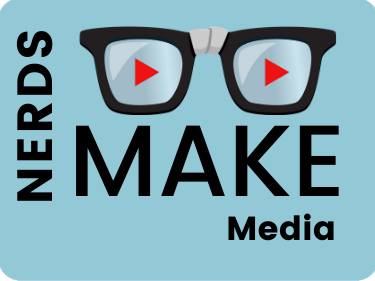Camy Bean and her followers said it best a few years ago here: http://cammybean.kineo.com/2007/12/my-objection-to-learning-objectives.html
Learning objectives in the beginning of a project can be a signal to “listen up kiddies, and prepare to be bored”. As a learner I also usually skip over objectives. I’m afraid that to alot of people they are preceived as a signal to prepare for some really dull “educational” but good for you cod liver oil. As you may know, I’m a career changer with only a few actual design projects under my belt so far. It is my preference to try to engage and motivate the learner first. Don’t get me wrong, I believe it’s crucial to have well thought out objectives in order to design effective training. I just don’t believe it’s alway necessary to introduce them to the learner in the beginning of a module.
But the issue comes seems to come up again and again with every project I do. My current project is a live webinar/presentation about an emerging technology and how it applies to e-learning. The goal is to get us used to presenting and inform other students. So I jumped right in, and was having a grand old time making something which I think will have a nice flow and be interesting and informative. Then it occurs to me that I’m not using proper ISD techniques because I’m not writing, much less including the old “Objectives: Here’s what we are going to learn today bullet one, two, three etc.”. Will I be marked off for this by the teacher? When I asked him he said (to paraphrase) . . .
“at least let us know what we are going to be learning” if you are going into several points in the presentation then it would be good to have bullet points”.
Perhaps this is a good compromise, and won’t make the presentation start off too stiffly. But I do wonder from the point of view of a portfolio piece, will not having formal objectives in the beginning be seen as a mark against me? Will I be judged as someone who doesn’t understand ISD principles? Or worse yet, as somebody “too creative” to be hirable by a company that does more routine training?
